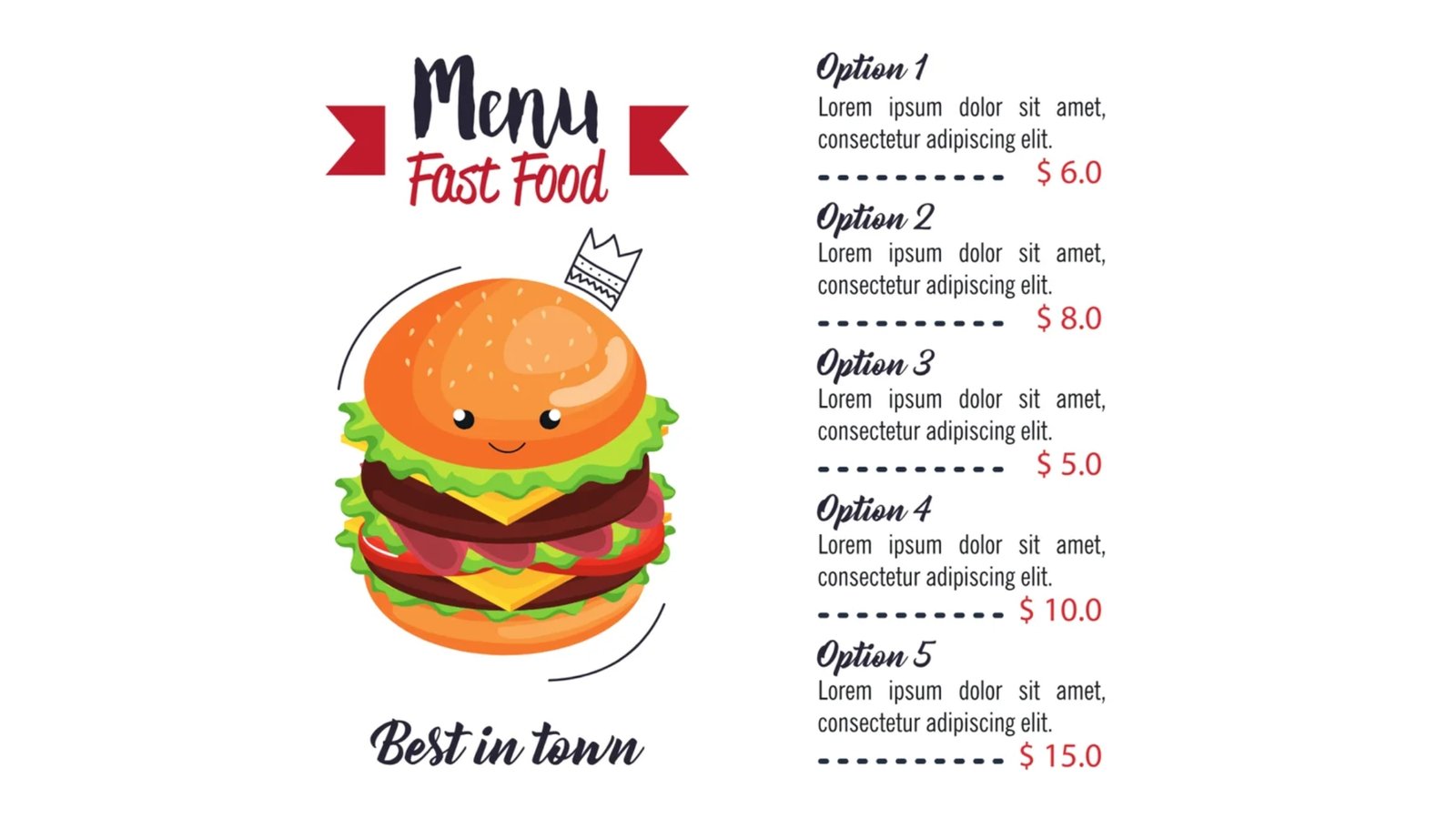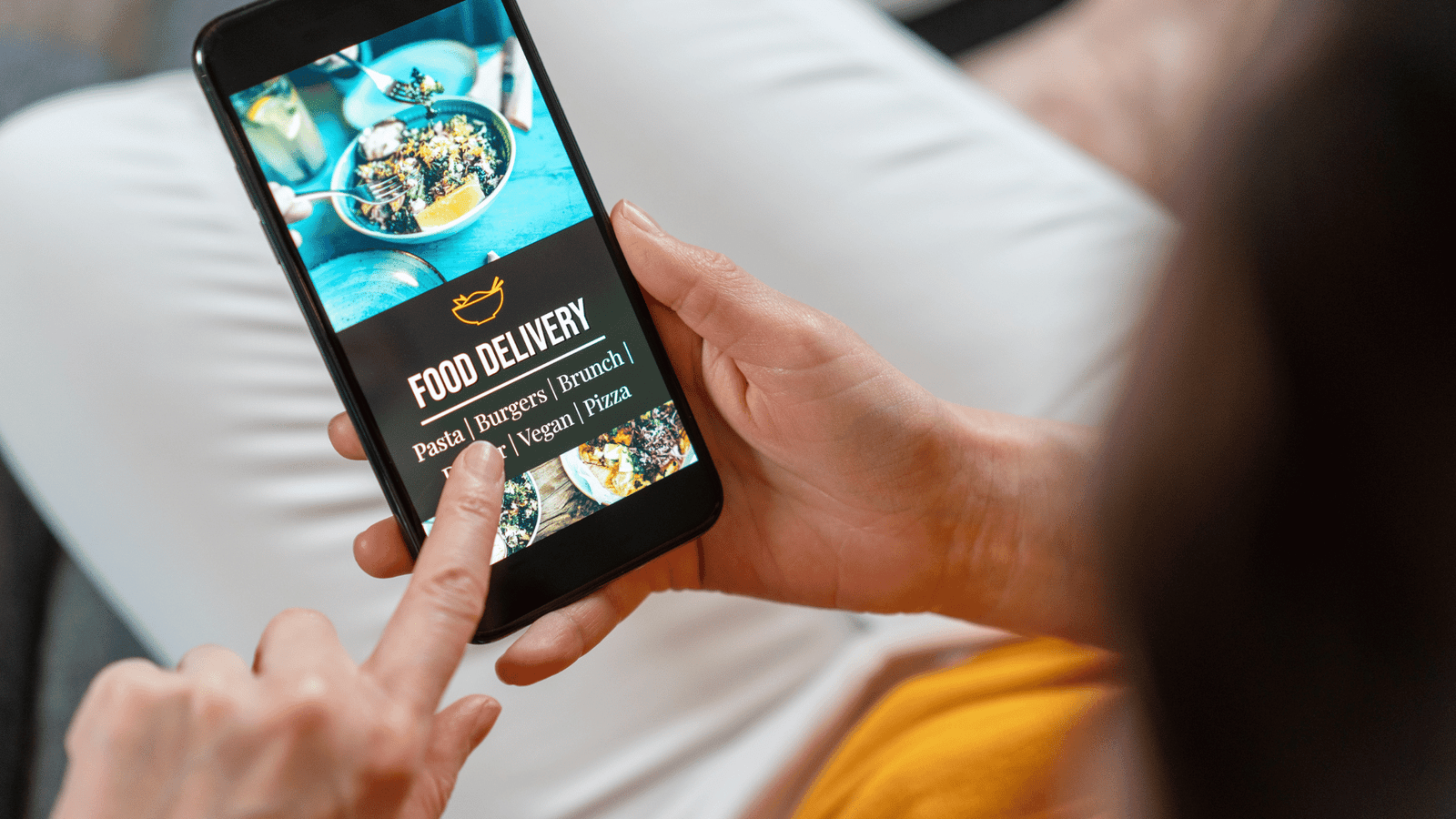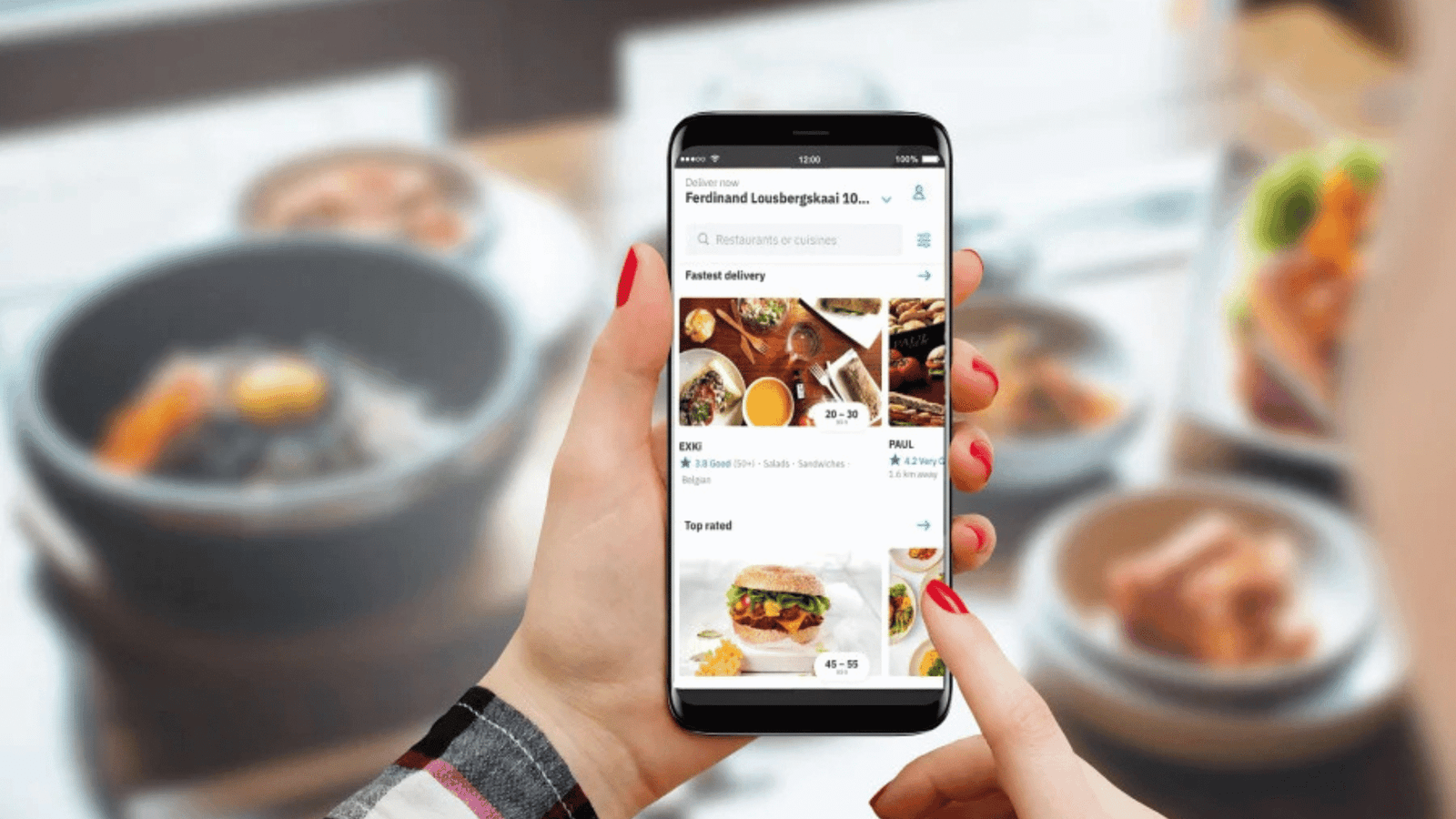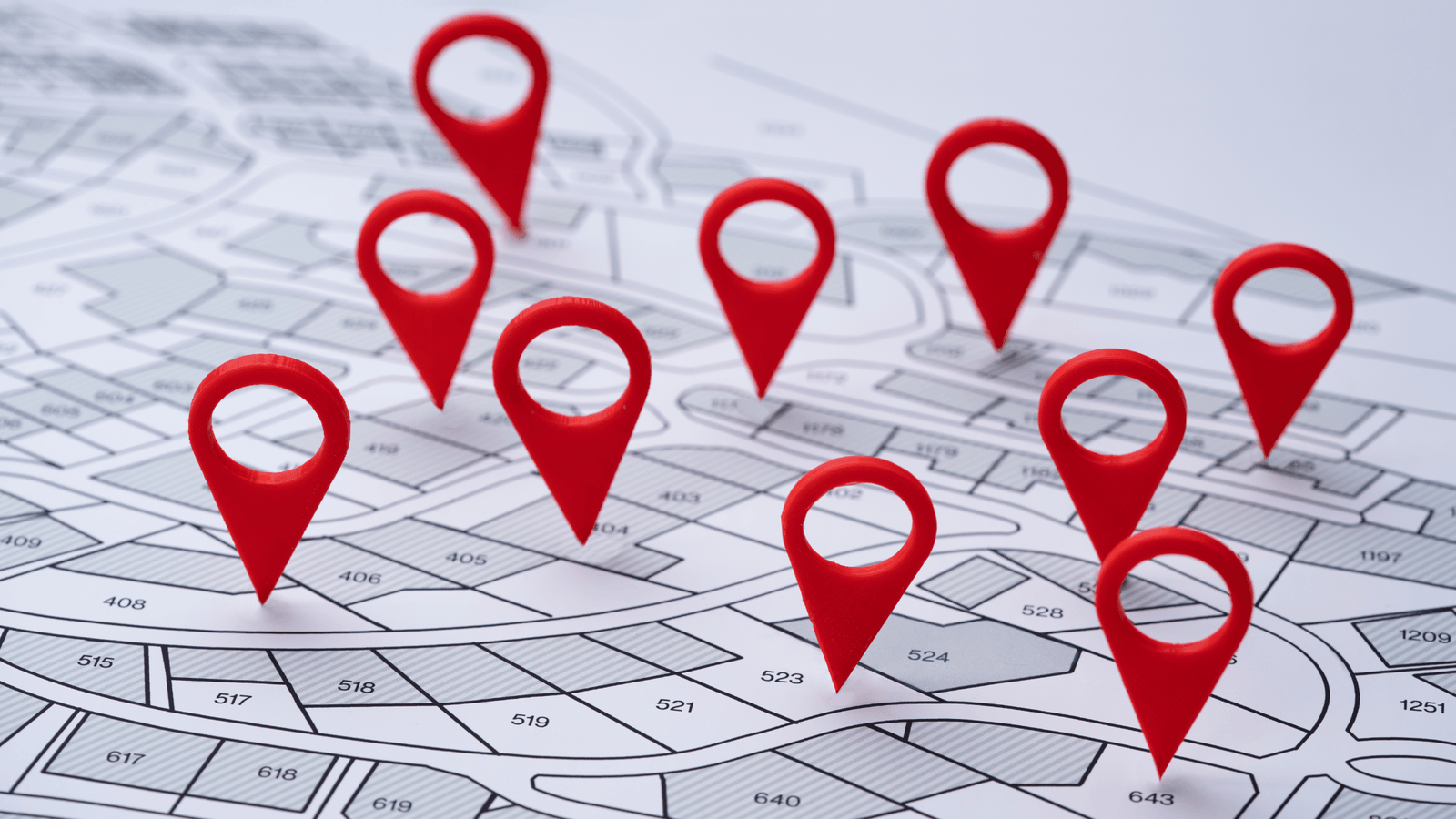Menu design is an intricate blend of psychology, marketing, and aesthetics that profoundly influences customer choices and restaurant profitability. By understanding the Menu Psychology, businesses can craft menus that not only enhance customer satisfaction but also maximize revenue. Here, we delve into the strategic principles and psychological insights that make menu placement a science and an art.
The Golden Triangle: Guiding the Customer’s Eye
When customers first glance at a menu, their eyes naturally follow a predictable pattern, often referred to as the golden triangle. This pattern typically involves three focal areas:
- The Top Right Corner: This is where customers tend to focus initially, making it an ideal spot for high-margin items.
- The Center: Eye-catching, strategically placed dishes in the center capture attention effectively.
- The Top Left Corner: Often overlooked, this section can be used for introductory or low-cost items to balance the layout.
By leveraging this natural eye movement, restaurants can subtly direct customers to the items they want to promote.

The Power of Anchoring: Setting Price Perception
Anchoring is a cognitive bias where the first price a customer sees influences their perception of subsequent prices. Menu designers use this tactic to make other items seem more affordable by positioning a high-priced item prominently at the top. For instance:
- A premium seafood platter priced at ₹50 can make a ₹30 steak appear reasonably priced, even though it might exceed the customer’s initial budget.
This technique not only elevates the perceived value of other items but also subtly encourages upselling.
Visual Hierarchy: Drawing Attention with Design
Visual elements play a critical role in guiding customer choices. Restaurants employ various design techniques to highlight certain dishes:
- Bold Fonts and Colors: Using a different font size or color for signature dishes creates emphasis.
- Boxes and Borders: Framing high-profit items makes them stand out.
- Icons and Imagery: Adding a small icon, such as a chef’s hat or a star, conveys that the item is a specialty.
- Whitespace: Avoiding clutter ensures the menu looks clean and makes key items more noticeable.
The careful balance of these elements creates a menu that is not only visually appealing but also strategically designed to influence customer decisions.
The Role of Descriptive Language
Words have power, and menus that use descriptive, sensory-rich language can significantly enhance the appeal of dishes. For example:
- Instead of “Grilled Salmon,” opt for “Succulent Grilled Atlantic Salmon with Lemon Butter Sauce.”
- Replace “Chocolate Cake” with “Decadent Triple Chocolate Fudge Cake.”
This tactic not only elevates the perceived quality but also taps into the customer’s imagination, making the dish irresistible.
The Decoy Effect: Encouraging Strategic Choices
The decoy effect involves introducing a third option that subtly nudges customers toward a more profitable choice. For example:
- Small Coffee: ₹300.00
- Medium Coffee: ₹400.50
- Large Coffee: ₹500.00
Here, the medium option serves as a decoy, making the large coffee appear to offer better value. This tactic increases the likelihood of customers selecting the higher-priced item.

Grouping and Categorization: Simplifying Choices
Menus that organize items into logical categories reduce decision fatigue and improve the customer experience. Common strategies include:
- By Cuisine: Appetizers, Entrées, Desserts.
- By Ingredient: Vegetarian, Seafood, Meat-based.
- By Meal Type: Breakfast, Lunch, Dinner.
Strategic placement of high-margin items within these categories ensures they receive adequate visibility without overwhelming the customer.
The Use of Price Psychology
Pricing strategies are fundamental to menu success. Subtle changes in how prices are displayed can significantly influence perception. Consider these tactics:
- Omitting Currency Symbols: A price displayed as “15” instead of “$15” reduces the association with spending money.
- Charm Pricing: Setting prices just below a round number (e.g., ₹999) creates the illusion of a better deal.
- Strategic Price Positioning: Placing prices discreetly to the right of the item description keeps the focus on the dish rather than the cost.

Highlighting Specials and Limited-Time Offers
Creating a sense of urgency through limited-time offers or daily specials can drive sales. Highlighting these items prominently on the menu or with table inserts captures attention. Customers are more likely to try something they perceive as exclusive or fleeting.
Menu Length: Striking the Right Balance
An overly extensive menu can overwhelm customers, leading to decision paralysis. Conversely, a menu that is too short may not offer sufficient variety. The ideal menu strikes a balance:
- Focused and Curated: Emphasizing quality over quantity ensures that every item serves a purpose.
- Rotational Items: Seasonal or rotational dishes keep the menu fresh and engaging.
Color Psychology: Setting the Mood
Colors evoke emotions and influence perceptions. Restaurants can harness color psychology in their menus to align with their brand and culinary theme:
- Red and Yellow: Stimulate appetite and convey energy.
- Green: Associated with health and freshness.
- Blue: Rarely used, as it suppresses appetite, but effective for seafood-focused menus.
The choice of colors should reflect the restaurant’s ethos while subtly guiding customer behavior.
Testing and Iteration: The Key to Perfection
A successful menu is not static; it evolves based on customer preferences and market trends. Regular testing, such as A/B testing different designs or tracking sales data, provides valuable insights. Restaurants should:
- Monitor Sales Trends: Identify which items perform best and why.
- Collect Feedback: Use surveys or casual conversations to gauge customer opinions.
- Update Regularly: Refresh the menu design and content to keep it relevant and engaging.
Read Also : The Psychology of Restaurant Menu Design: Unlocking the Secrets
Conclusion
Menu placement is far more than a simple arrangement of dishes; it is a strategic tool that combines design, psychology, and marketing to enhance the dining experience and drive revenue. By understanding customer behavior, utilizing visual hierarchy, and employing pricing strategies, restaurants can create menus that not only delight their guests but also boost profitability.
FAQ’s
Q1. What is menu psychology?
Menu psychology is the study of how design, layout, and pricing strategies influence customer choices and maximize restaurant profitability.
Q2. How does the golden triangle help in menu design?
The golden triangle refers to the natural eye movement pattern of customers, which helps designers strategically position high-margin items.
Q3. Why is descriptive language important on menus?
Descriptive language enhances the perceived quality of dishes, making them more appealing by engaging the customer’s imagination.
Q4. What is the decoy effect in menu psychology?
The decoy effect involves offering a third, less desirable option to make other items appear more attractive and valuable.
Q5. How can price psychology impact customer decisions?
Techniques like omitting currency symbols, charm pricing, and strategic price placement subtly influence customers to perceive prices as more affordable.





